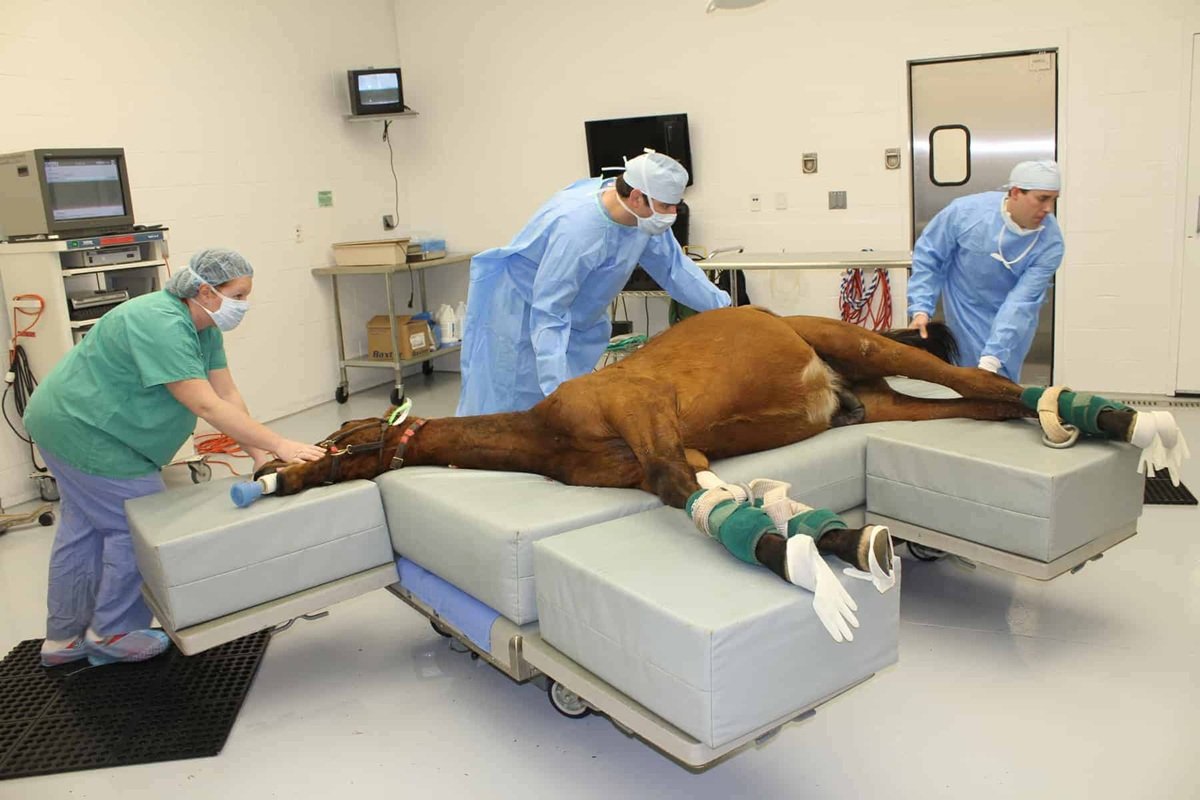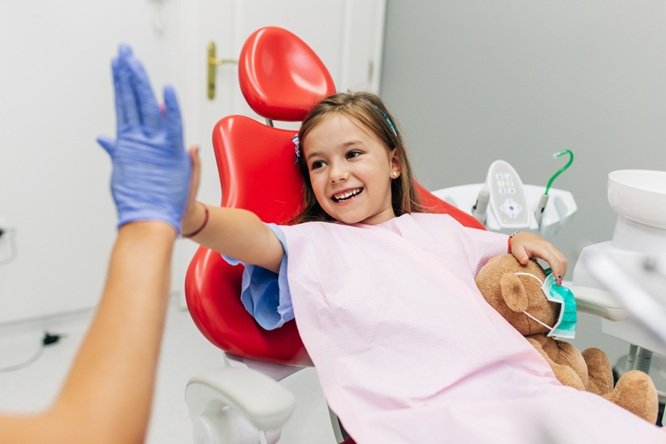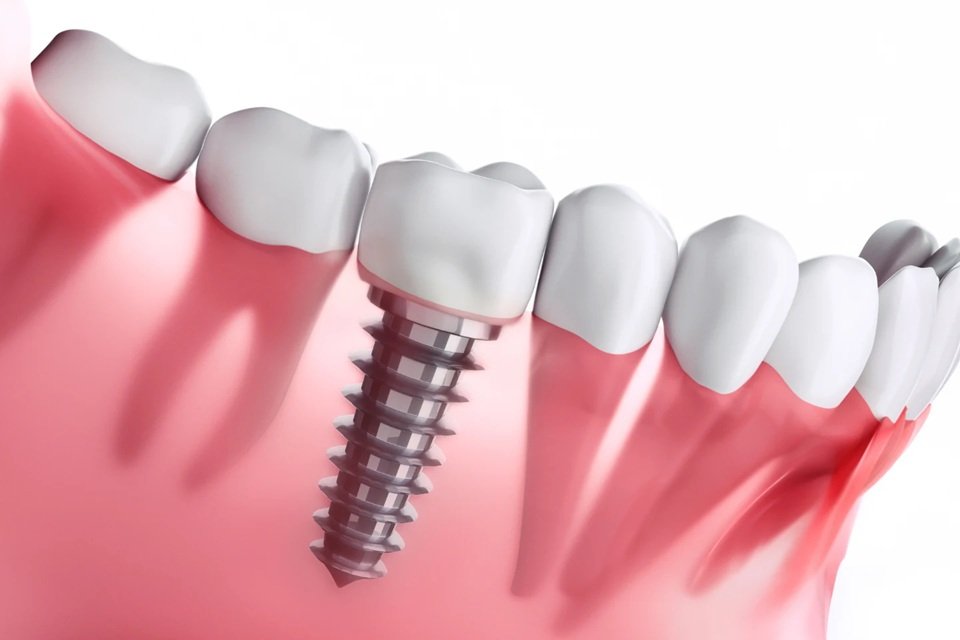When your pet faces surgery, it can be an emotional time. Understanding how an animal hospital in Pleasant Prairie handles high-risk anesthesia cases can ease your worries. These hospitals use strict procedures to protect your pet. They start with a detailed health check. Knowing your pet’s current condition helps the team plan and adjust anesthesia use. Then, they use advanced monitoring tools during the procedure. This helps them watch your pet’s vital signs closely and respond to changes immediately. After surgery, your pet stays in a calm recovery area. The staff keeps a close eye on your pet’s breathing and heart rate, ensuring a safe wake-up process. This step-by-step process shows the hospital’s commitment to your pet’s safety. By understanding these practices, you can trust that your pet is in good hands during their medical care. Your pet deserves top care, and these experts are dedicated to providing it.
Pre-Surgery Assessment
The process begins with a thorough pre-surgery assessment. This step is crucial for identifying any potential risks. Veterinarians conduct a detailed examination, including blood tests and imaging, to evaluate your pet’s overall health. This information guides anesthesia choices and adjustments. The goal is to minimize risks and tailor the anesthesia plan specifically for your pet. You can learn more about the importance of these assessments from trusted sources like the American Veterinary Medical Association.
Anesthesia Monitoring
During the procedure, your pet is never left unattended. Teams use various monitoring equipment to track vital signs. This includes heart rate, oxygen levels, and temperature. Real-time data helps the team make quick decisions if needed. Table 1 below provides a comparison of common monitoring tools:
| Tool | Function |
|---|---|
| ECG | Monitors heart activity |
| Pulse Oximeter | Measures blood oxygen levels |
| Capnograph | Tracks carbon dioxide levels |
Recovery and Post-Operative Care
Post-surgery, your pet is moved to a quiet recovery area. This is when the anesthesia wears off slowly. The veterinary team keeps a close watch to ensure your pet is comfortable and stable. They monitor vital signs until your pet is fully awake. During this time, they also provide necessary pain relief to promote a smooth recovery. Your pet’s comfort and safety remain the top priority.
Communication with Pet Owners
Throughout this entire process, communication with you is key. Veterinary staff ensures you understand each step and what to expect. You receive updates on your pet’s condition and recovery progress. This open line of communication provides reassurance and helps you prepare for any post-operative care your pet might need at home.
Conclusion
High-risk anesthesia cases require careful planning and execution. With a detailed pre-surgery assessment, advanced monitoring, and attentive post-operative care, animal hospitals ensure your pet’s safety. Veterinary teams are dedicated to providing the highest level of care. By understanding these processes, you can feel more confident and less anxious about your pet’s surgical experience.



